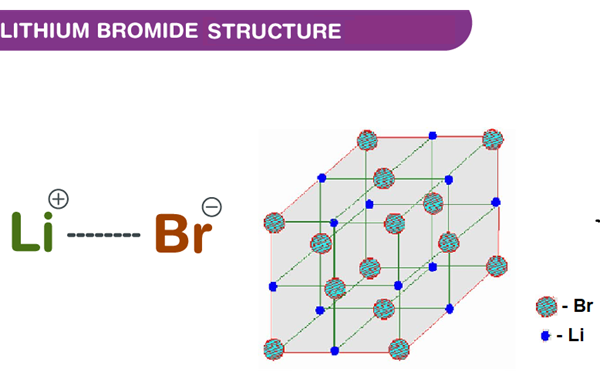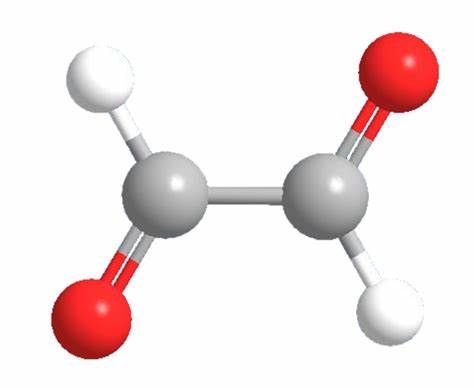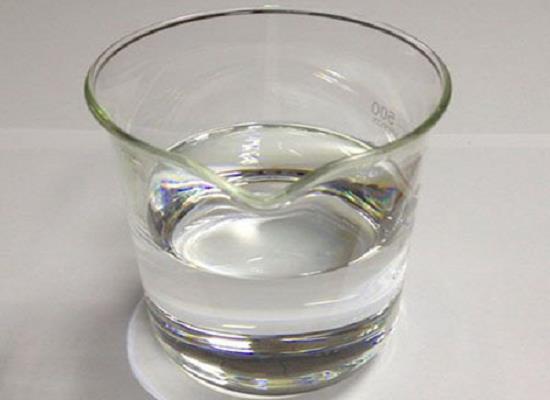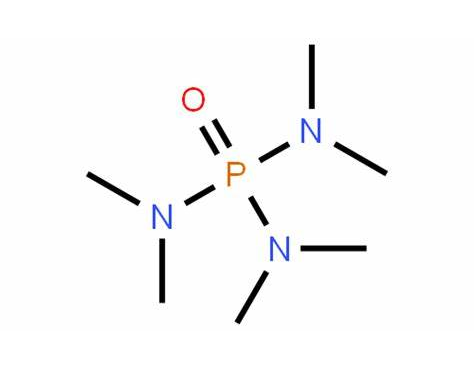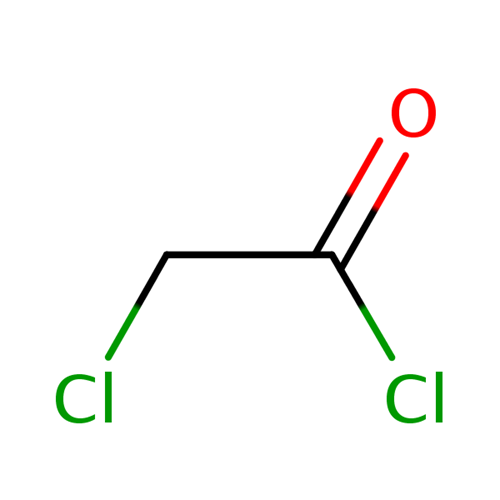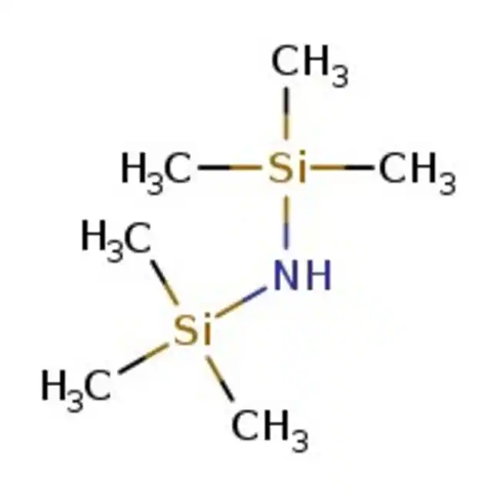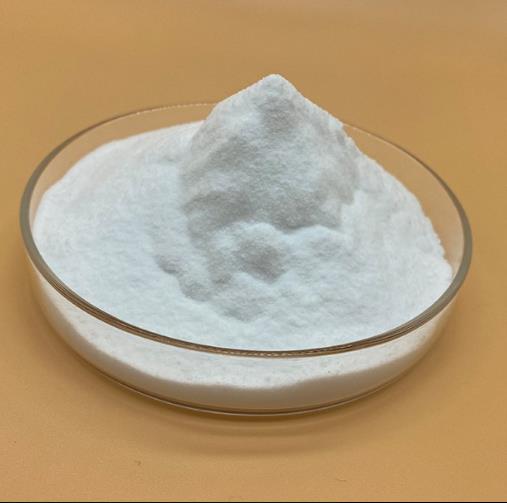Active Pharmaceutical Ingredients (API), popularly speaking, are the raw materials of medicines, only pharmaceutical raw materials are processed into pharmaceutical preparations , can they become medicines available for clinical use, so drugs we usually eat are the finished drugs through processing. Active Pharmaceutical Ingredients based on its sources can be divided into two major categories ,including chemical synthetic drugs and natural chemical drugs. Chemical synthetic drugs can be divided into organic synthetic drugs and inorganic synthetic drugs. Inorganic synthetic drugs are inorganic compounds ( very few is element), such as aluminum hydroxide, magnesium trisilicate which are used for the treatment of gastric and duodenal ulcers ; organic synthetic drugs are mainly composed of drugs made by basic organic chemical raw materials, through a series of organic chemical reactions (such as aspirin, chloramphenicol, caffeine, etc.). Natural chemical drugs ,based on its sources,can be divided into two categories including biochemical drugs and plant chemical drugs. Antibiotics are generally made by the microbial fermentation, which belongs to the biochemistry category. A variety of semi-synthetic antibiotics occurs in recent years,which are biosynthesis and chemical synthesis combining products.Among active Pharmaceutical Ingredients, the organic synthetic drugs varieties, yields and values have the largest proportion,which are the main pillars of the chemical and pharmaceutical industries. The quality of active Pharmaceutical Ingredients decides whether the formulation is good or bad , so its quality standards are very strict ,countries in the world have developed national pharmacopoeia standards and strict quality control methods for its widely used active Pharmaceutical ingredients.
Lithium bromide: Structure, Preparation and Application
Lithium bromide is an ionic compound that does not share electrons.
May 16,2024 APICould Glyoxal fixation enhance immunohistochemical signalling?
Yes. Glyoxal fixation enhances immunohistochemical signals, and adjusting the glyoxal fixative to pH 4 or 5 is key for this effect.
May 16,2024 APIDibutyl Phthalate: Applications as Plasticizer and Antiandrogenic Effects
Dibutyl phthalate, a common plasticizer, has significant antiandrogenic effects, impacting maternal health, fetal development, and reproductive outcomes in studies on pregnant rats.
May 16,2024 APITetrahydropyran: Applications in Medicinal Chemistry and Preparation Method
Tetrahydropyran is pivotal in antitumor drug development. It's synthesized via controlled hydrogenation of alkoxydihydrofurans or alkoxytetrahydrofurans.
May 16,2024 APIPalladium Chloride: Applications as Elastin Stain and Toxicity
Palladium chloride, useful for elastin staining, poses health and environmental risks due to toxicity.
May 16,2024 APIHexamethylphosphoramide: Properties, Uses and Hazard
Hexamethylphosphoramide (HMPA) is a clear colourless liquid with an aromatic odour.
May 15,2024 APIWhat is the hazard of Chloroacetyl chloride to humans?
Chloroacetyl chloride is a potent acylating agent. Exposure to Chloroacetyl chloride or its vapours by any route (inhalation, ingestion, dermal contact) is toxic to humans.
May 15,2024 APIHexamethyldisilazane: Uses, Reactions and Toxicity
Hexamethyldisilazane (HMDS) is a flammable organosilicon compound with the appearance of a colourless liquid and a relatively low minimum ignition energy (MIE) of<0.1 mJ.
May 15,2024 APISalcaprozate Sodium: Revolutionizing Oral Drug Delivery through Enhanced Gastrointestinal Absorption
Salcaprozate sodium is a groundbreaking compound in the field of drug delivery, offering new possibilities for the oral administration of peptides.
May 15,2024 APIS-Adenosyl-L-methionine: A Comprehensive Overview
S-Adenosyl-L-methionine with wide-ranging applications from gene expression regulation to neurotransmitter synthesis and liver health.
May 15,2024 API



